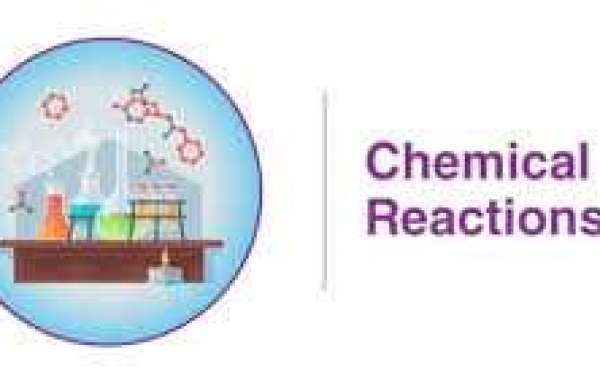Chemical equations are something you encounter every day in chemistry class. It is a written form of a chemical reaction process expressed by numbers and symbols.
How to Write a Chemical Equation
The chemical equation is written like this: the reactant is on the left of the arrow and the product of the chemical reaction is on the right. The head of the arrow usually points to the right or product side of the equation, although some equations may represent the equilibrium of the reaction in both directions at the same time.
The elements in the equation are represented by their symbols. The coefficient next to the symbol represents the stoichiometric number. Subscripts are used to indicate the number of atoms of an element present in a chemical substance.
An example of a chemical equation can be seen in the combustion of methane:
CH 4 + 2 O 2 → CO 2 + 2 H 2 O
Participants in the Chemical Reaction: Element Symbols
You need to know the symbols of elements to understand what happens in chemical reactions. In this reaction, C is carbon, H is hydrogen and O is oxygen.
Left Side of the Equation: Reactants
The reactants of this chemical reaction are methane and oxygen: CH 4 and O 2 .
Right Side of the Equation: Products
The products of this reaction are carbon dioxide and water: CO 2 and H 2 O.
Direction of Reaction: Arrow
It is customary to put reactants on the left side of the chemical equation and products on the right. The arrow between reactant and product should be from left to right, or if the reaction is two-way, it should point in two directions (this is very common). If your arrow is from right to left, it's a good idea to rewrite the equation in the traditional way.
Balancing Mass and Charge
Chemical equations can be unbalanced or balanced. The disequilibrium equation lists reactants and products but does not list the proportion between them. An equilibrium chemical equation has the same number and type of atoms on both sides of the arrow. If there are ions, the sum of positive and negative charges on both sides of the arrow is the same.
Indicating the States of Matter
It is common to put parentheses and abbreviations after chemical equations to indicate the state of substances. This can be seen from the following equation:
2 H 2 (g) + O 2 (g) → 2 H 2 O (l)
Hydrogen and oxygen are represented by (g), which means that they are gases. Water is labeled (l), which means it is liquid. Another symbol you may see is (aq), which means that chemicals are in the water or aqueous solution. The (aq) symbol is a short symbol of the aqueous solution, so water does not have to be included in the equation. This phenomenon is particularly common when ions are present in the solution.







